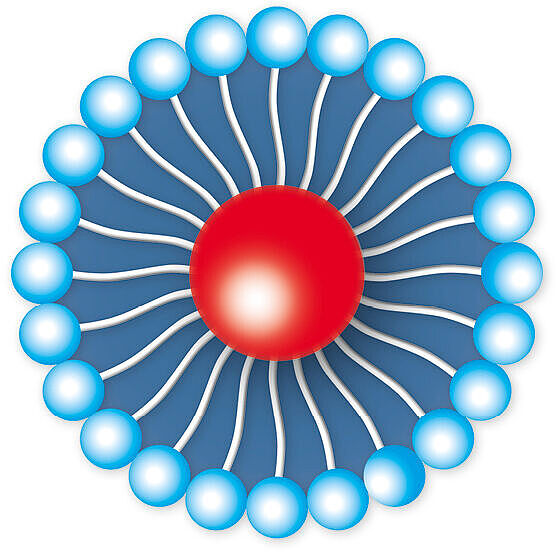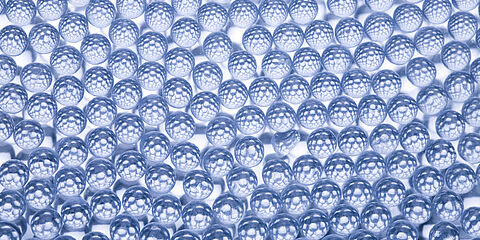Nanomaterials in cosmetics: review of your obligations as a manufacturer
Following the modification of Annex I of the SCCS Scientific Opinion on the safety of nanomaterials (March 2021), we review the consequences for manufacturers of cosmetic products.
What obligations do cosmetics manufacturers have with regard to nanomaterials?

The nano nature of a raw material must be determined on a case-by-case basis, depending on the characteristics of the substance.
When using potentially ‘nano’ cosmetic raw materials (see the definition of a nanomaterial below), you must analyse all the data to decide on the nano nature or otherwise of the ingredient in question.
This task is assigned to those responsible for placing the cosmetic product on the market, but the supplier and safety assessor must also ‘participate’ in the analysis. The aim is to conduct a fair and complete study.
A "non-nanomaterial" certificate without evidence of adequate analyses having been performed is not sufficient to meet regulatory requirements. A particle size distribution curve, expressed in number of particles, must support the supplier's reasoning. If the latter is unable to provide such evidence, it is up to the person responsible for marketing the product to carry out the appropriate analyses.
For additional information: The DGCCRF applies a tolerance of 10% in the number of nanoparticles for the results of analyses carried out on products during tests. This approach makes it possible to allow for experimental errors (see our article on “analysis methods”) and for the presence of nanoparticles due to environmental pollution.
Note: What is the definition of nanomaterials?
There is still no standard definition of nanomaterials in Europe. To ensure consistency between the different legislations, several European working groups are currently working on harmonising the definitions.
- According to European Cosmetics Regulation 1223/2009, a nanomaterial is "an insoluble or biopersistent material, intentionally manufactured and characterised by one or more external dimensions, or an internal structure, on a scale of 1 to 100 nm.”
- In French Decree No. 2012-232 for the French R-Nano declaration, a nanomaterial is a "substance intentionally manufactured on a nanometric scale and containing particles, unbound or as an aggregate or agglomerate, of which a minimum proportion in the number-size distribution have one or more external dimensions in the range 1 nm to 100 nm ”.
Here the differences are based on the concepts of intentionality, insolubility, biopersistence and taking into account the internal structure.
- European Commission Recommendation 2011/696 gives yet another definition by referring to a threshold of 50%: "a natural material, accidentally formed or intentionally manufactured, containing free particles, as an aggregate or agglomerate, of which at least 50% in the number-size distribution have one or more external dimensions in the range 1 nm to 100 nm”.
Your contact
- Frédéric Jeampierre
- +33 7 56 37 24 99
- frederic.jeampierre@wessling.fr




